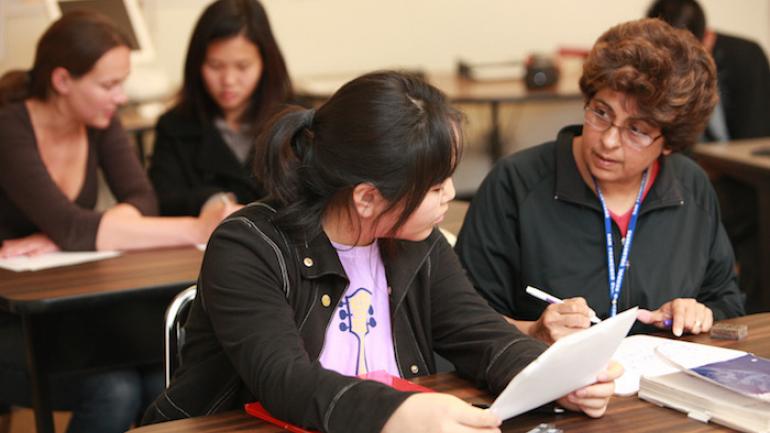
Parents and Middle school teachers have a monumental task at hand as the next phase of compulsory education begins. How does one motivate a middle school student to embrace learning? According to Carol Dweck (2007), as students arrive in middle school, perceptions of academic success have solidified and can be categorized in one of two camps.
Camp A can be called the Fixed Mindset camp, and the other, Camp B, the Growth Mindset camp. Students in Camp A believe that their success is highly dependent upon their natural intelligence and abilities and the rules they follow. Rule #1: Don’t make mistakes – mistakes are seen as setbacks, which mean lack of ability. Rule #2: Don’t work hard – hard work signals low intelligence. Rule #3: If mistakes are made, do not fix them. To fixed mindset students, mistakes are setbacks, which once again, signals a lack of ability. Clearly, our Camp A students live with perceptions that will not foster learning.
Camp B students, the growth mindset students, believe that abilities can be developed, so their goal is to be involved in activities of learning. Grades are not the motivating factor for growth minded students; rather motivation lies in learning novel things. They tend to take on more challenges, work harder at a task to get better doing that particular task, and readily face mistakes in spite of disappointing results.
There is a natural tendency to hope for growth mindset students in their households and classrooms. These students will innately love learning, which makes the work of teaching easier. However, recent research by Joshua Aronson and Catherine Good (2012) has shown that the role of praise in the household and/or classrooms, if used to praise intelligence rather than hard work, can convert a growth mindset into a fixed mindset. Their research studied fifth graders from inner city, suburban, and rural schools and the role of praise in the classrooms. They found that when praise referred to intelligence as a result of positive results, students with fixed mindsets tended to reject challenging tasks and chose ones that would make them look smarter. They lost confidence in their ability and consequently ended up performing poorly. When students were praised for effort, for using strategies, focused concentration, and persistence, students remained motivated, confident, and effective.
How can parents and teachers instill the growth mindset factor in students? How can we influence the Camp A students to move to the Camp B territory? Aronson and Good (2013) further investigated an intervention strategy to persuade growth mindset thinking. Over a series of sessions, students were taught that their brains form new connections every time they learn, and that over time they can become “smarter”. Excited by the idea that they could influence their brains, students learned how to apply this idea to their schoolwork. Whether the students were in junior high school or at an elite university, those who received this message outperformed students in the control groups (even when the students in the control groups received excellent training in study skills). They also reported a greater investment in learning, and teachers reported noticeable changes in these students' desire to work hard and learn.
Implications of these studies point to the importance of how parents and teachers view the role of smarts and intelligence. It could be said that adults with fixed mindsets exhibit behaviors that influence everyone around them into cultivating fixed mindset thinking, which could, in fact, become a self-fulfilling prophecy. In contrast, growth mindset teachers eventually see shy, timid, students learn to take risks and enjoy the process of learning.
All students are in danger of being afflicted with fixed mindset thinking. This is especially true when societal norms (both in education and the world at large) continue to reward success and achievement as the end game rather than the process. As parents and educators, we strive to ensure that students realize the profits of their hard work. By having and nurturing a growth mindset of our own, our actions can influence students’ awareness of the joy in learning, encourage them to seek learning, and learn effectively (Good, 2013).